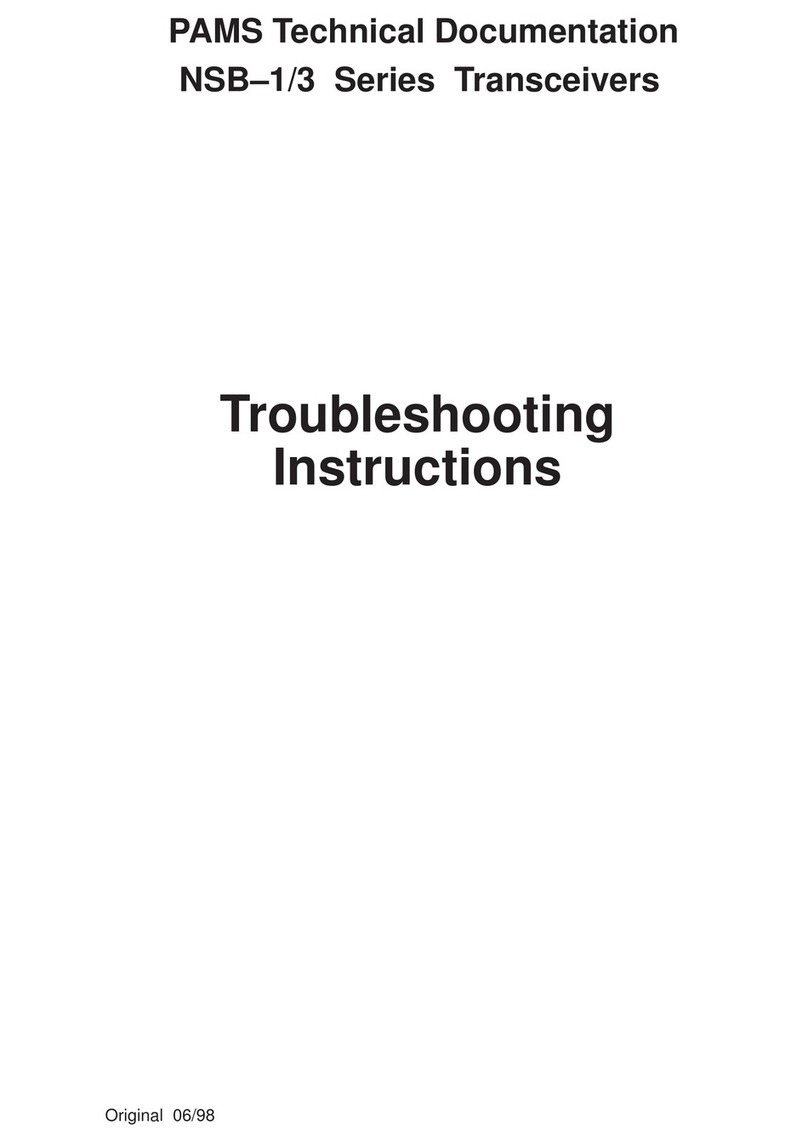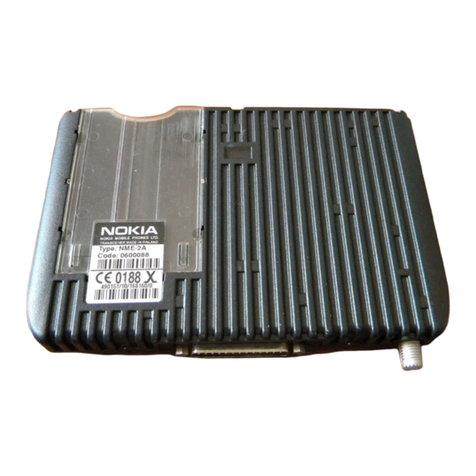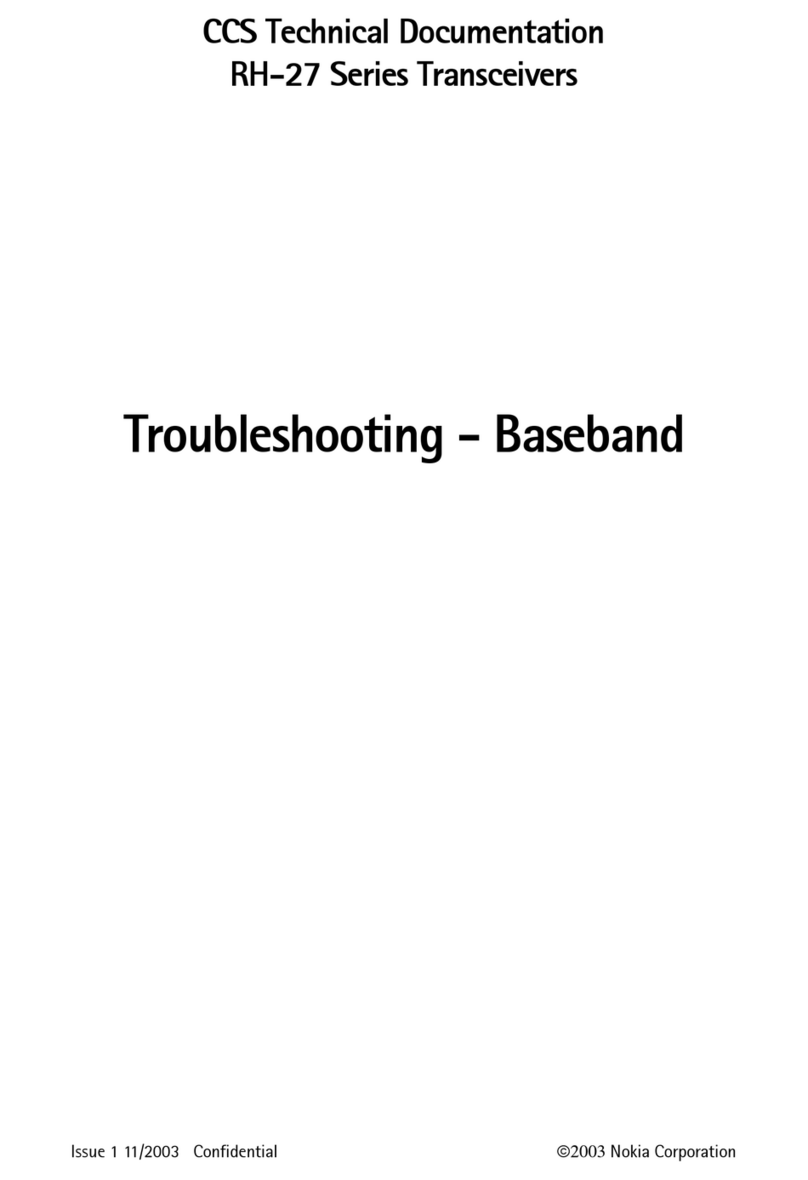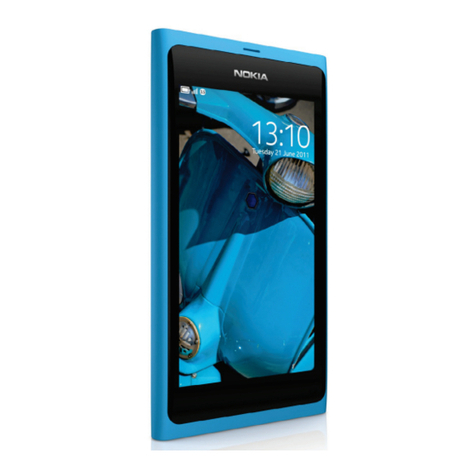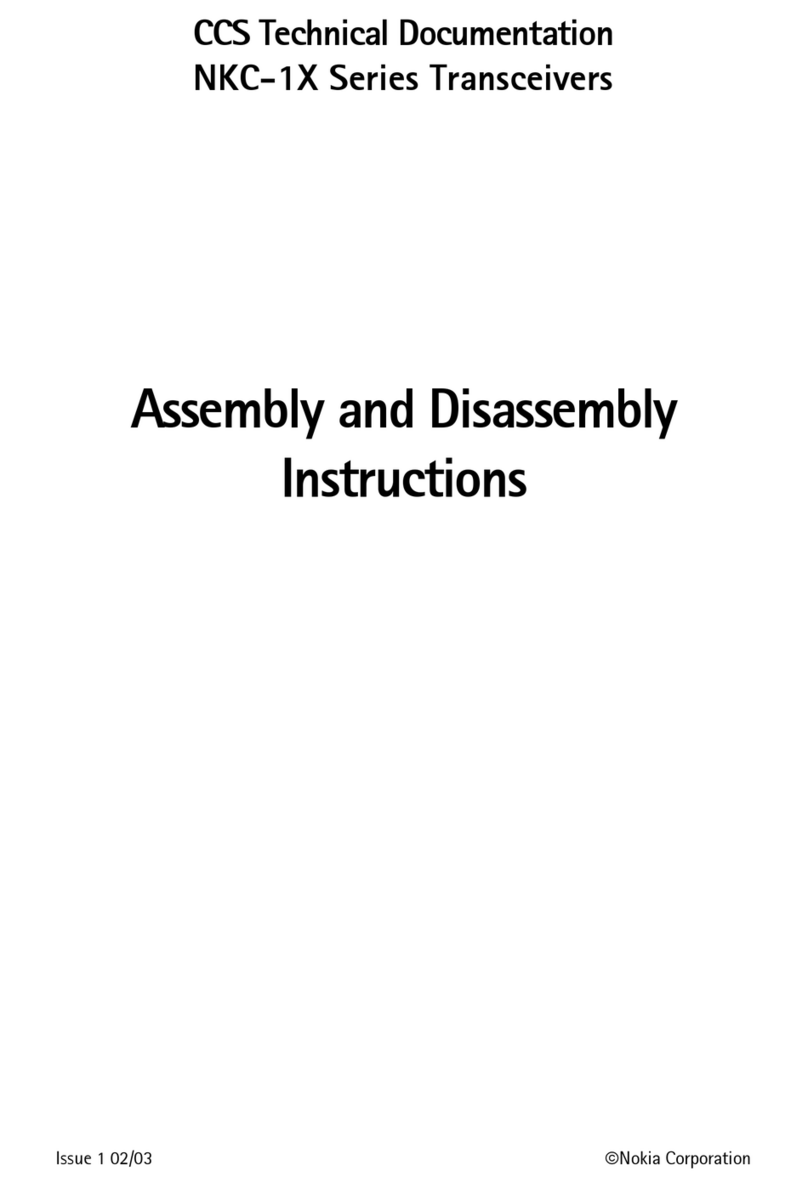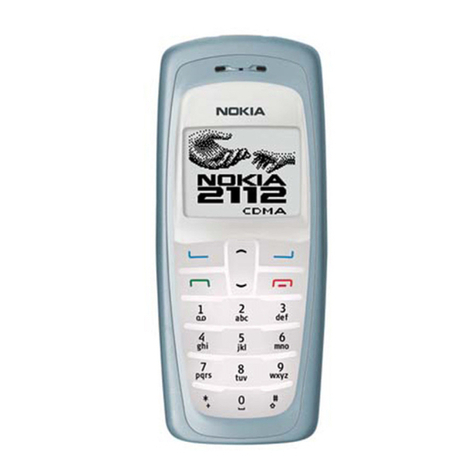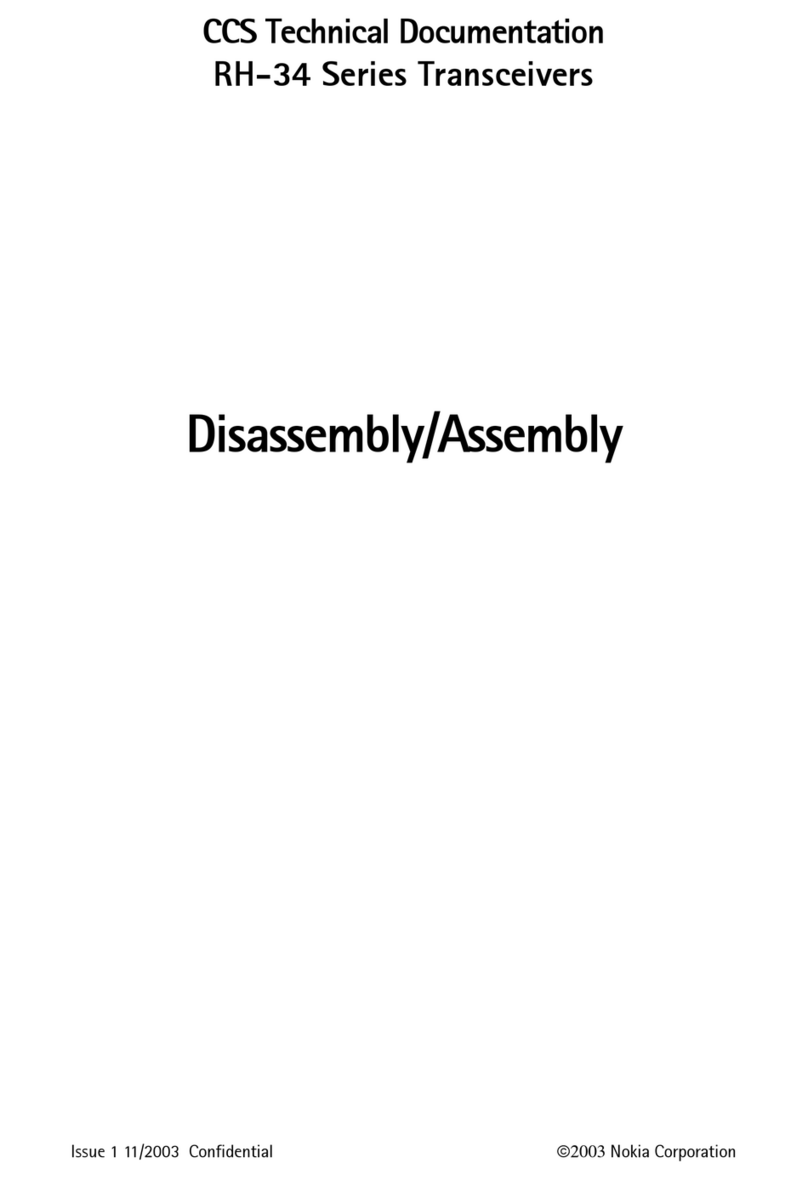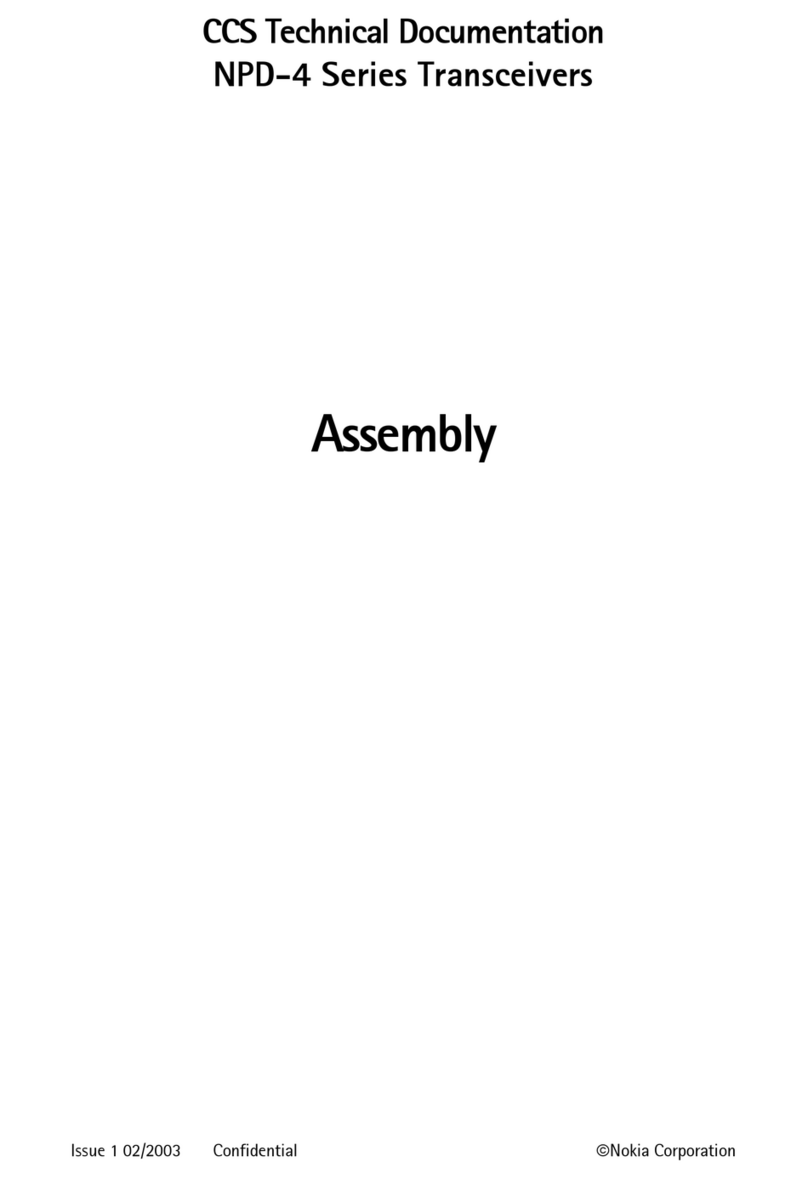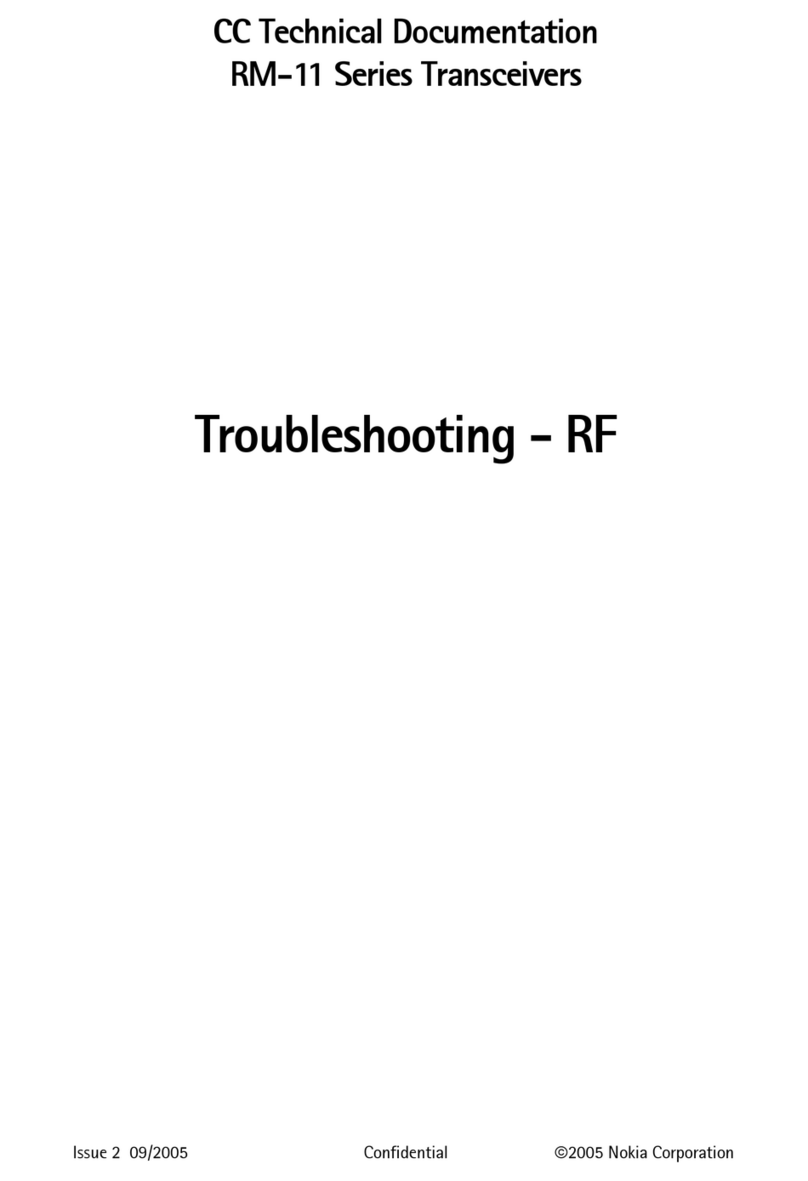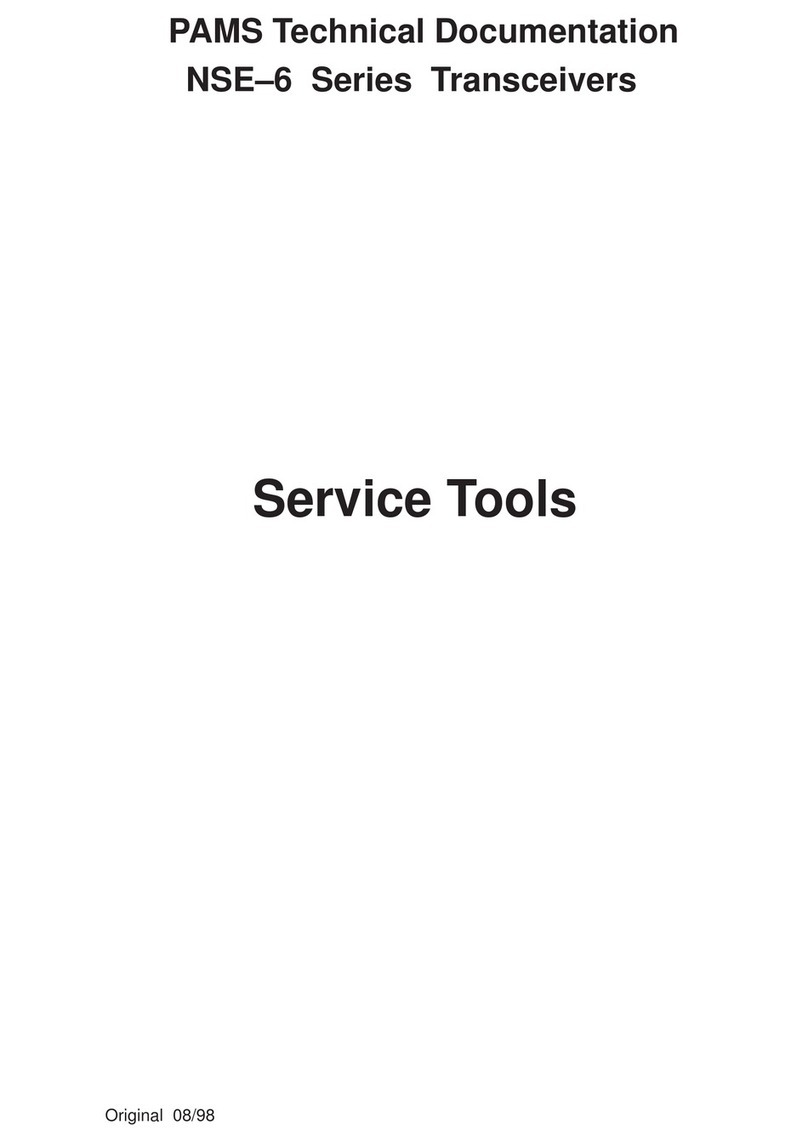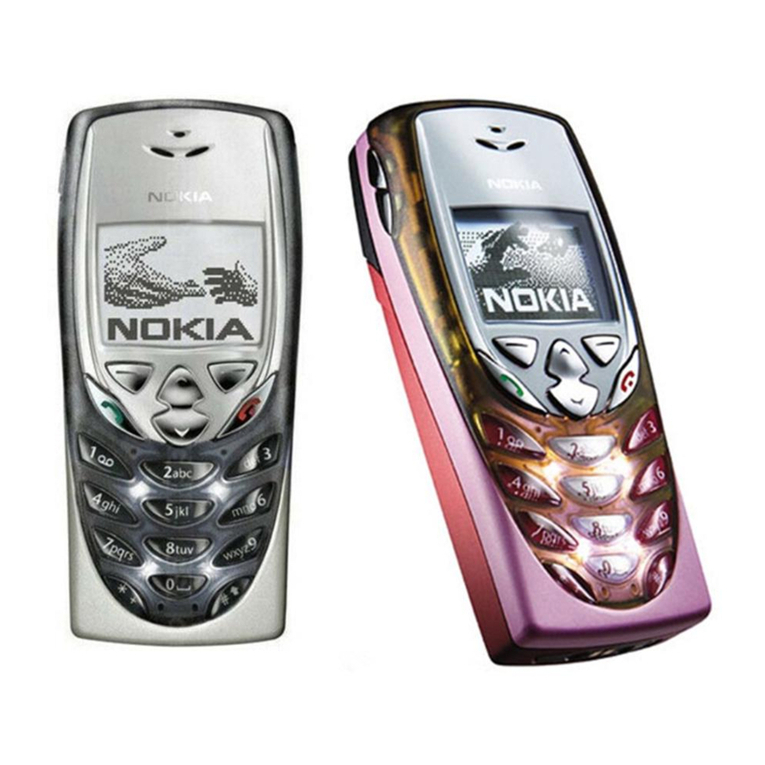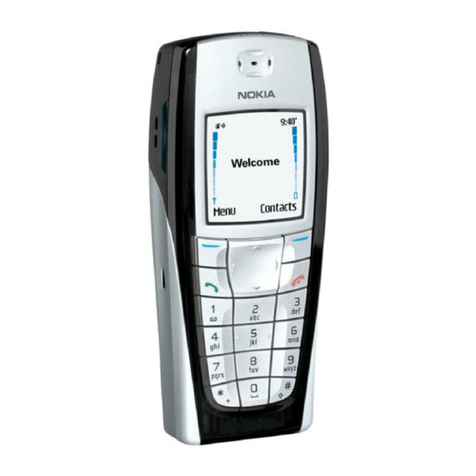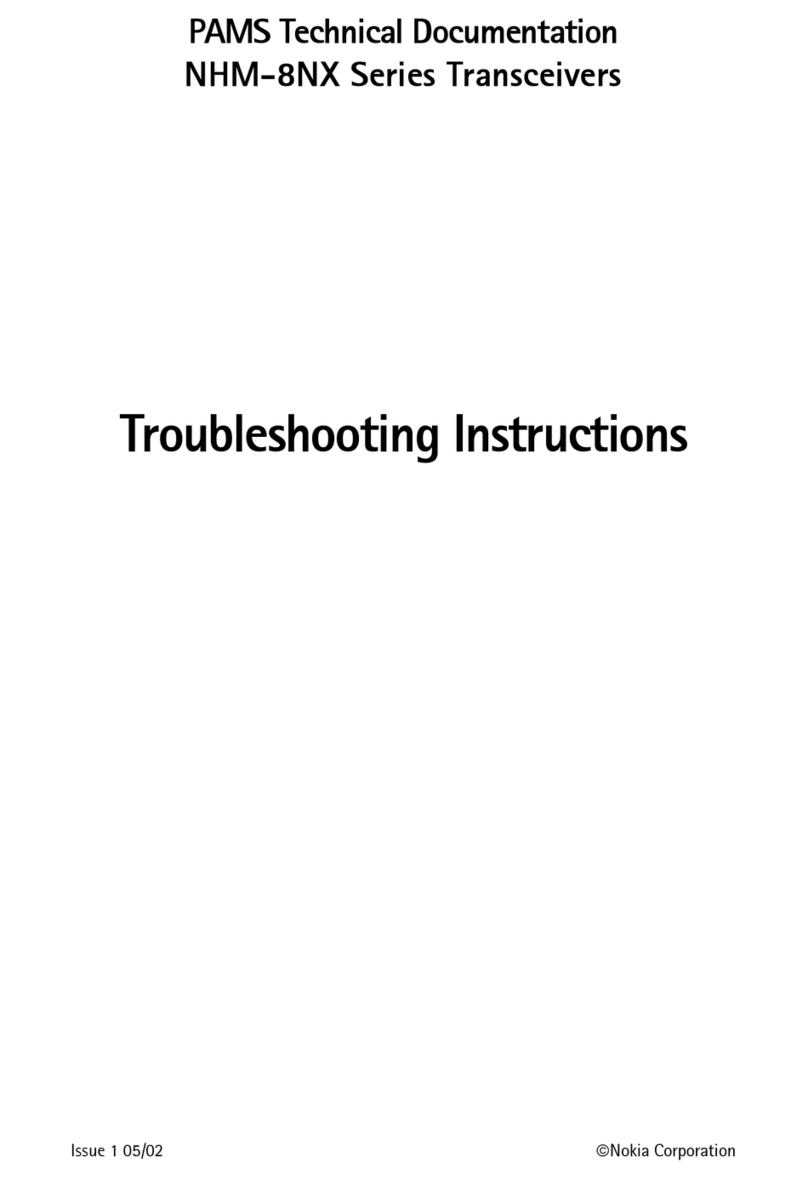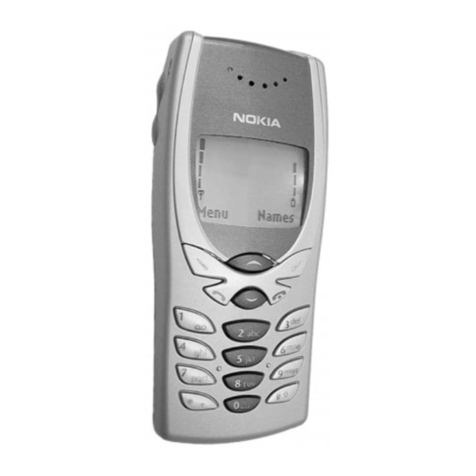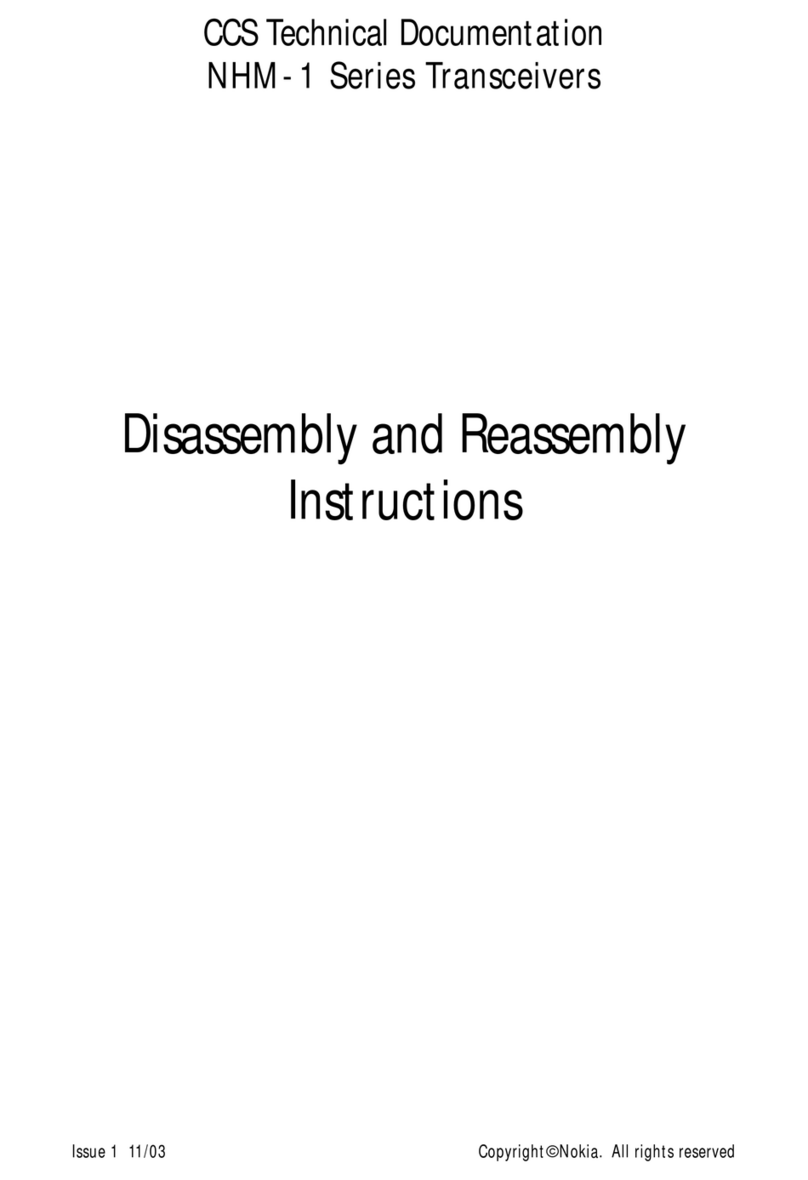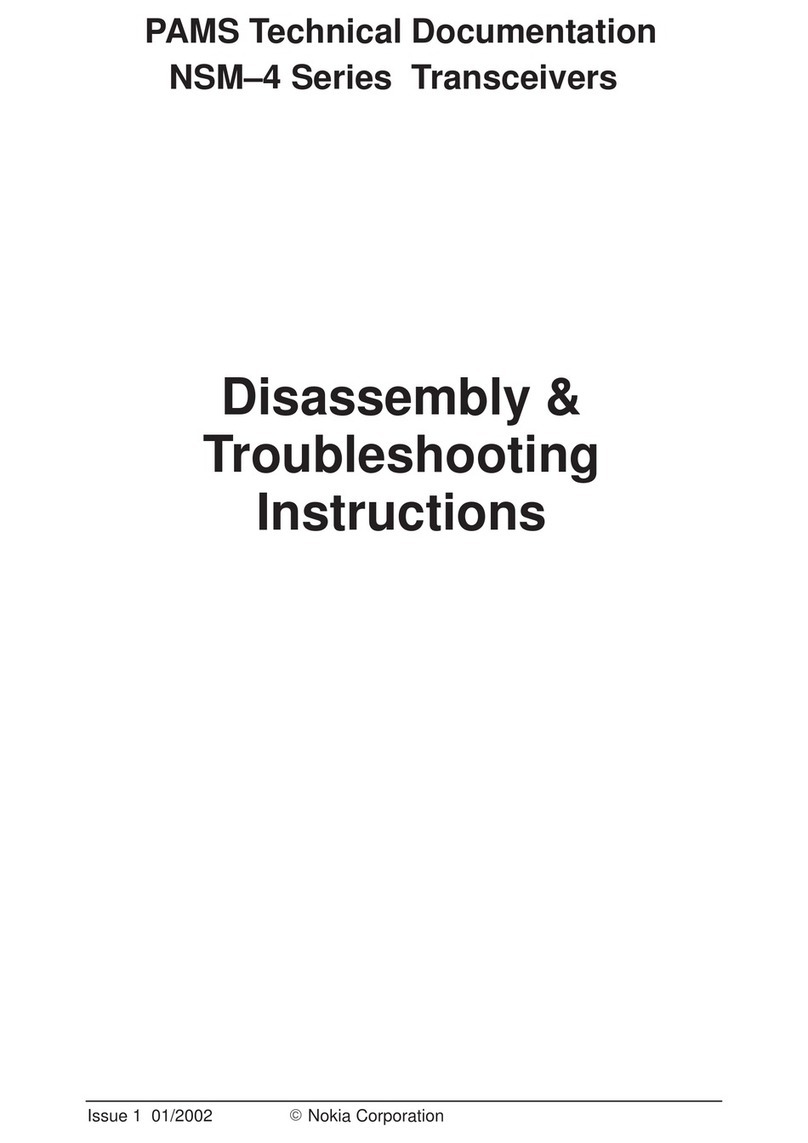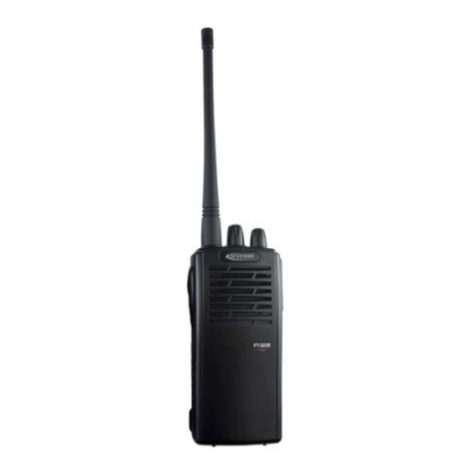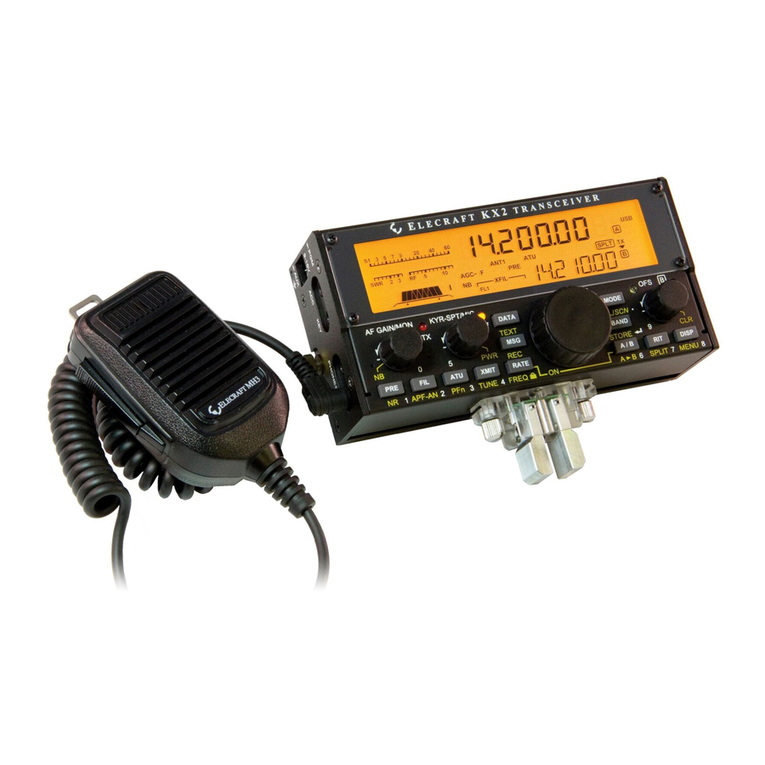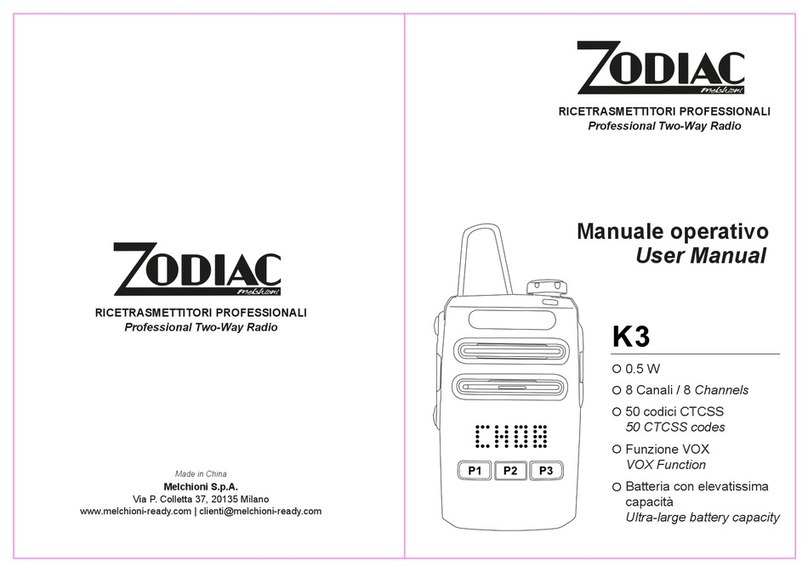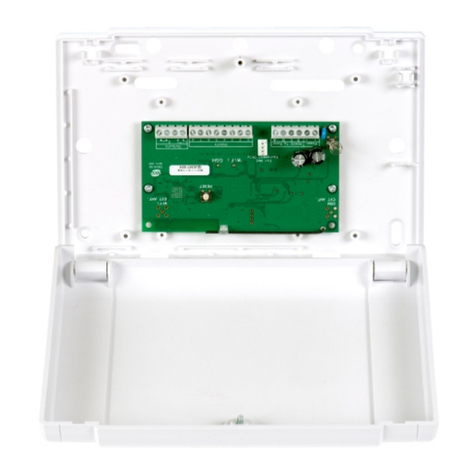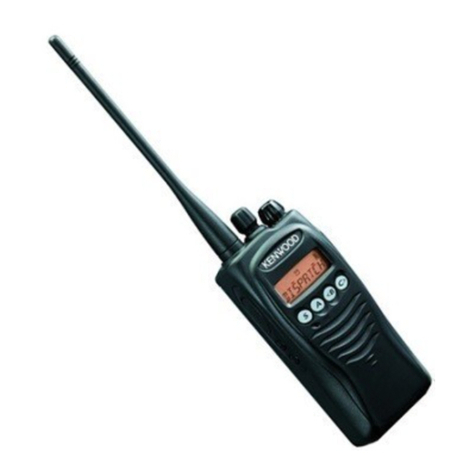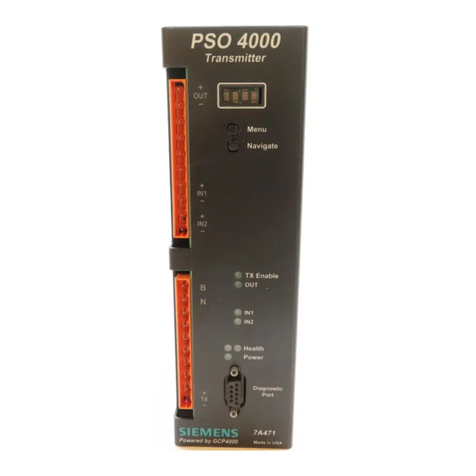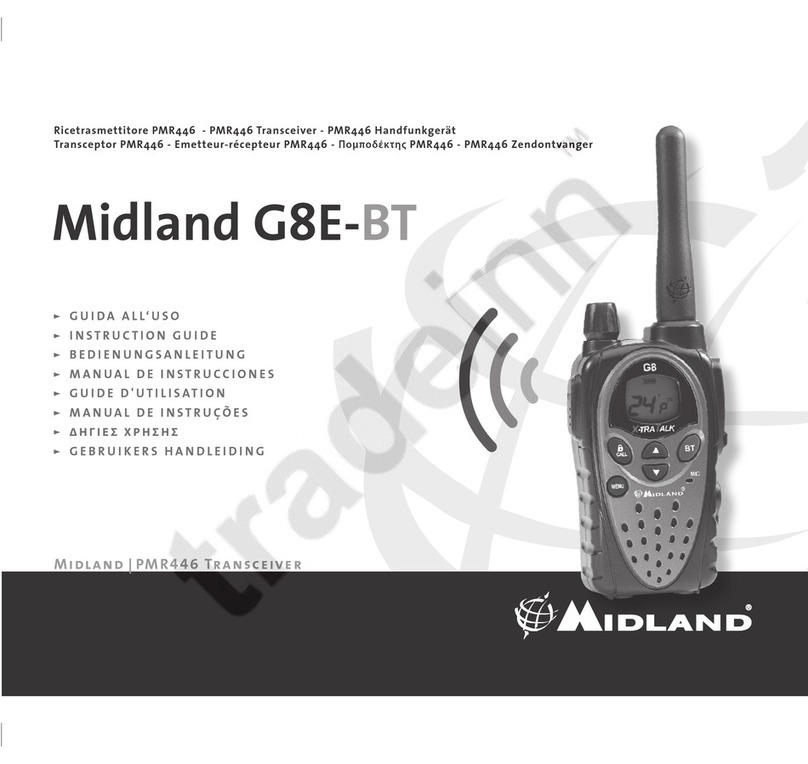
CCS Technical Documentation System Module
NKC-1X
Issue 1 02/03 Nokia Corporation Page 3
Accessories Interface ................................................................................................... 20
System connector .......................................................................................................20
Introduction ............................................................................................................. 20
Interface................................................................................................................... 20
Technical Information ............................................................................................. 21
PPH-1 Handsfree .......................................................................................................21
Introduction ............................................................................................................. 21
Interface................................................................................................................... 21
Charger IF ..................................................................................................................22
Introduction ............................................................................................................. 22
Interface................................................................................................................... 22
Test Interfaces .............................................................................................................. 23
Production Test Pattern ..............................................................................................23
Other Test Points .......................................................................................................23
EMC ............................................................................................................................. 24
General .......................................................................................................................24
BB Component and Control IO Line Protection .......................................................24
Keyboard lines......................................................................................................... 24
C-Cover ................................................................................................................... 24
PWB ........................................................................................................................ 24
LCD......................................................................................................................... 24
Microphone ............................................................................................................. 24
EARP....................................................................................................................... 24
Buzzer...................................................................................................................... 24
System Connector Lines.......................................................................................... 25
Battery Connector Lines.......................................................................................... 25
MBUS and FBUS.................................................................................................... 25
Transceiver Interfaces .................................................................................................. 26
BB - RF Interface Connections .................................................................................26
BB Internal Connections ............................................................................................29
...................................................................................................................................29
UPP Block Signals .....................................................................................................34
MEMORY Block Interfaces ......................................................................................39
IR Block Interfaces (not used in NKC-1X ) ..............................................................40
SIM Block Interfaces (not used in NKC-1X) ............................................................40
LPRF Interfaces (not used in NKC-1X) ....................................................................40
Audio Interfaces .........................................................................................................41
Key/Display blocks ....................................................................................................43
Keyboard Interface.................................................................................................. 43
Display Interface ..................................................................................................... 43
RF Module ................................................................................................................... 44
Requirements .............................................................................................................44
Design ........................................................................................................................44
Software Compensations ...........................................................................................44
Main Technical Characteristics .................................................................................45
RF Frequency Plan .................................................................................................. 45
DC Characteristics .....................................................................................................46
Power Distribution Diagram ................................................................................... 46
